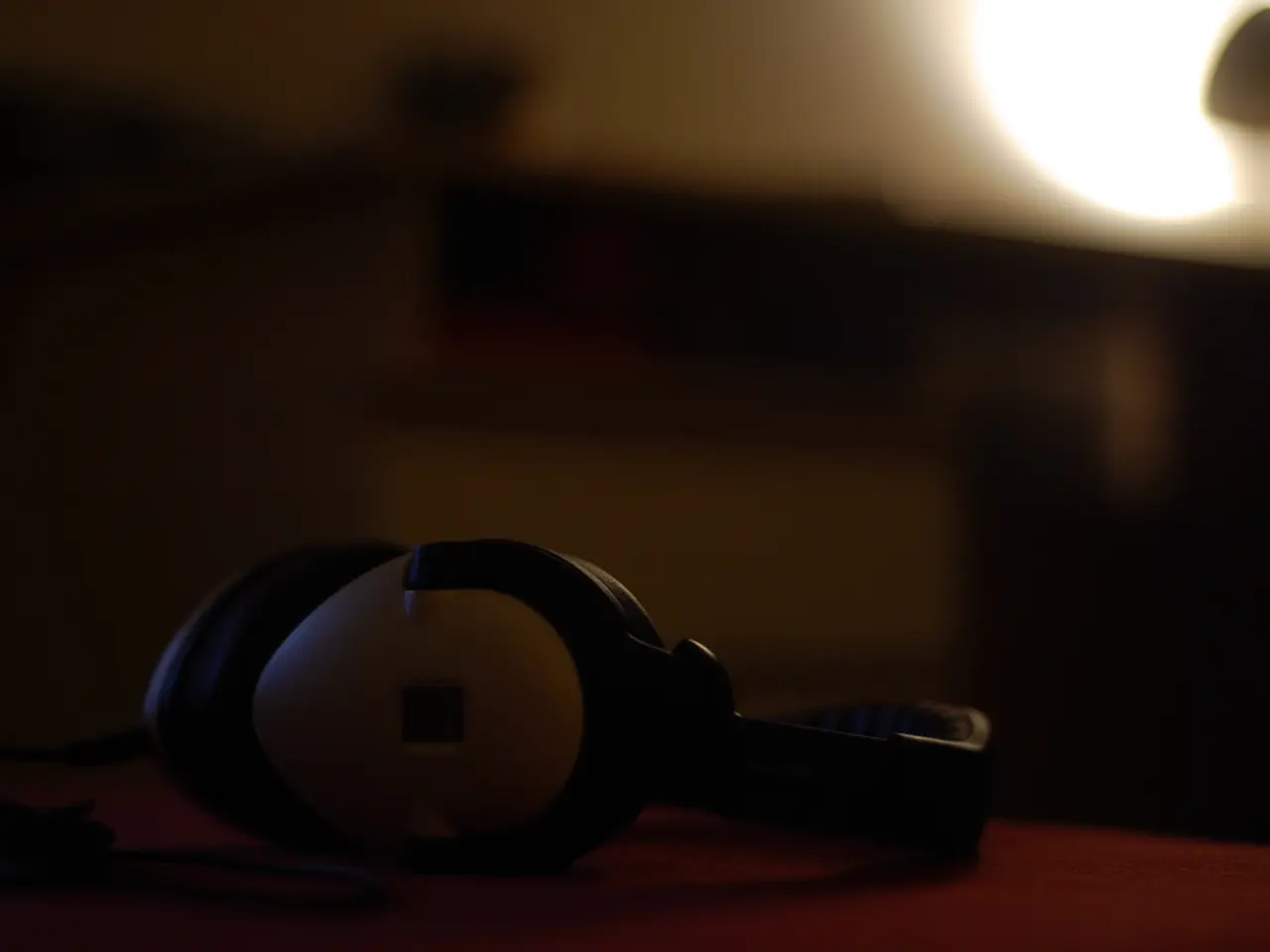Examining Headphone Leakage: How Significant is the Sound Leak in Open-Back Headphones?
Open-back headphones, with their perforated or open ear cups, are popular for their ability to produce a more natural and immersive sound. However, this design comes with a drawback: headphone bleed.
Headphone bleed refers to the sound that escapes from the ear cups of headphones, particularly noticeable in open-back designs. This can be problematic in various scenarios such as shared spaces and privacy issues. The extent of bleed can vary significantly depending on factors like listening volume and headphone model.
In studio settings, open-back headphones are widely used for their ability to produce a more natural and transparent sound. However, their drawback of headphone bleed can interfere with vocal tracks or other recordings by creating unwanted noise on a microphone feed.
To reduce the impact of headphone bleed, controlling the listening environment, lowering the volume, or using headphones in a more isolated environment can help. In certain situations where volume control is not sufficient to limit sound escaping into the environment, switching to closed-back headphones can be beneficial.
Closed-back headphones provide excellent sound quality and isolation, although they may not deliver the same immersive experience as open-back headphones. If you're concerned about sound leakage but still want the benefits of open-back headphones, consider researching models with a reputation for minimized bleed or reading customer reviews for firsthand experiences regarding sound escape.
Semi-open headphones can be an intermediate choice for environments where sound quality is critical but isolation is necessary. They allow for some sound to escape while still providing more isolation than fully open-back headphones.
Noise cancellation, including Active Noise Cancellation (ANC), primarily reduces external background noise by generating anti-phase sound waves to cancel incoming low-frequency noise (like engine hum or HVAC noise). It does not physically block sound escaping from headphone drivers in open-back models. Therefore, noise-cancelling headphones are not effective at reducing headphone bleed in open-back headphones.
When using open-back headphones in public or shared spaces, prioritizing lower volumes can foster an atmosphere of communal respect. It is good to keep the volume at a moderate level for open-back headphones when used in close quarters or with others.
In conclusion, noise-cancelling headphones do not adequately reduce headphone bleed in open-back headphones; using closed-back headphones is the effective solution for controlling bleed during recording or sensitive audio work. This is especially important for professionals such as sound engineers, musicians, or video editors during recording sessions.
Gadgets featuring open-back headphones may offer superior sound quality for studio settings due to their natural and transparent sound, but these headphones are known for producing headphone bleed, which can be problematic in such scenarios. If you're seeking headphones with excellent sound quality and minimal sound leakage, researching models known for minimized bleed or considering semi-open headphones could be beneficial options.



